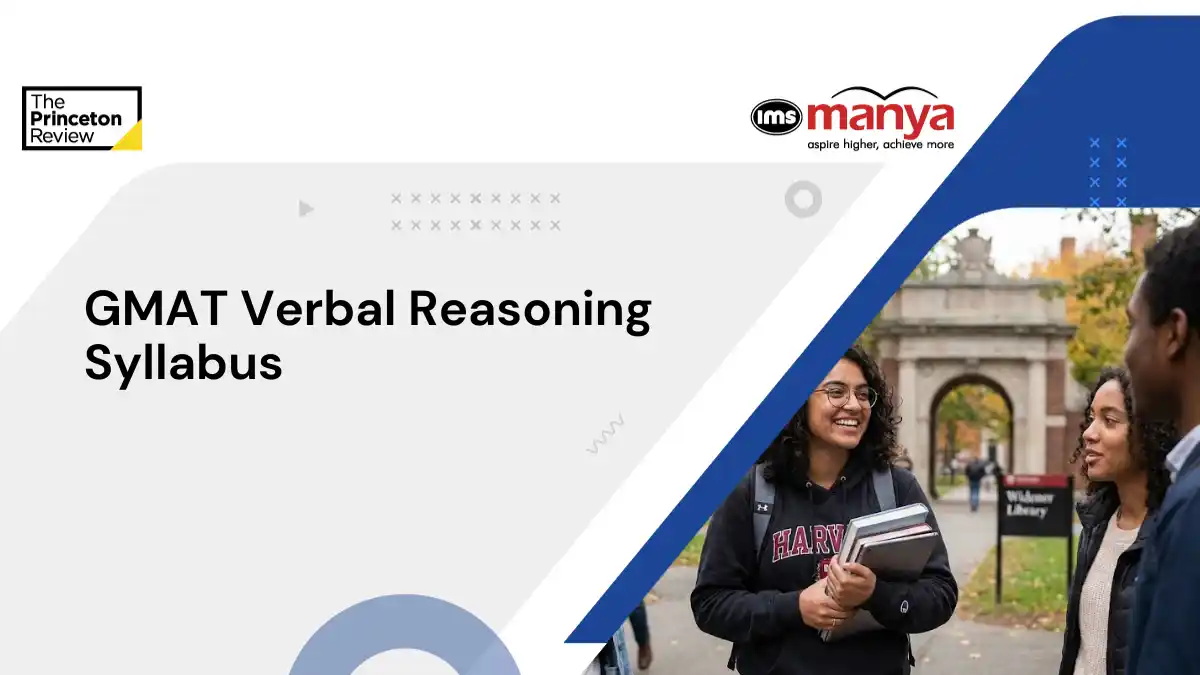
GMAT Verbal Reasoning Syllabus : Complete Guide, Questi...
The GMAT Verbal Reasoning section is essential for business school admissions, as it tests your abil...
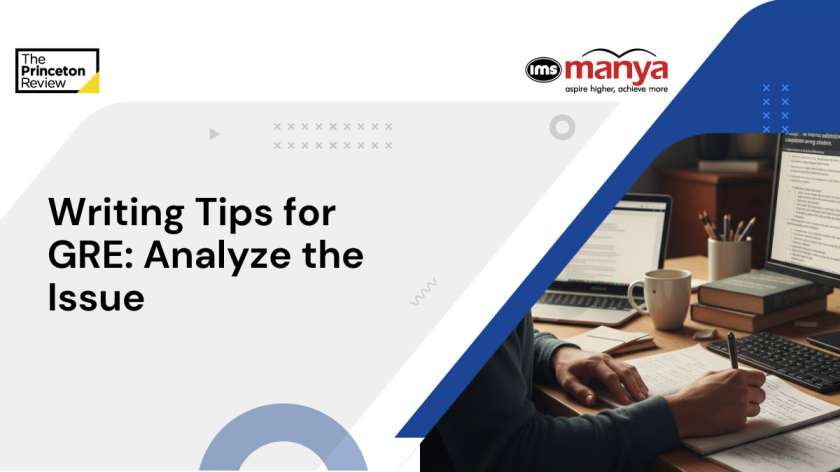
GRE Analytical Writing : Analyze an Issue Task Tips,& M...
GRE, or the Graduate Record Examination, is a standardised test meant for admissions to master�...
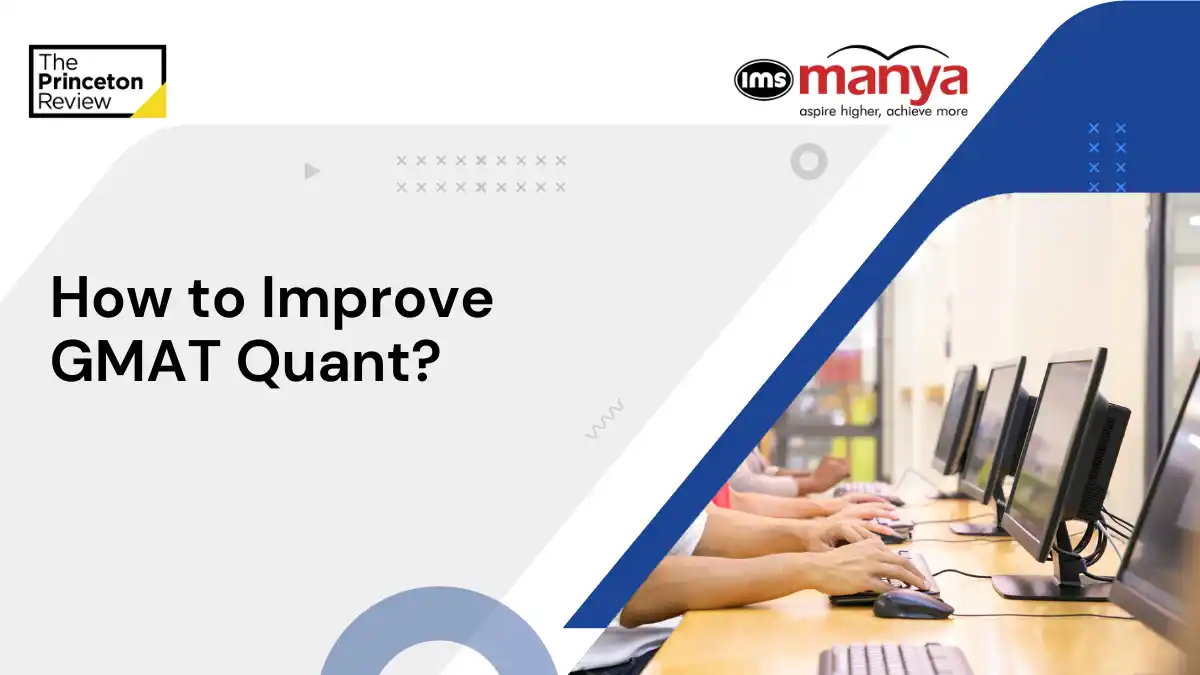
How to Improve GMAT Quant: Tips, Strategies & Study Pla...
How to Improve GMAT Quant performance requires a structured 8-12 week study plan, which focuses on f...
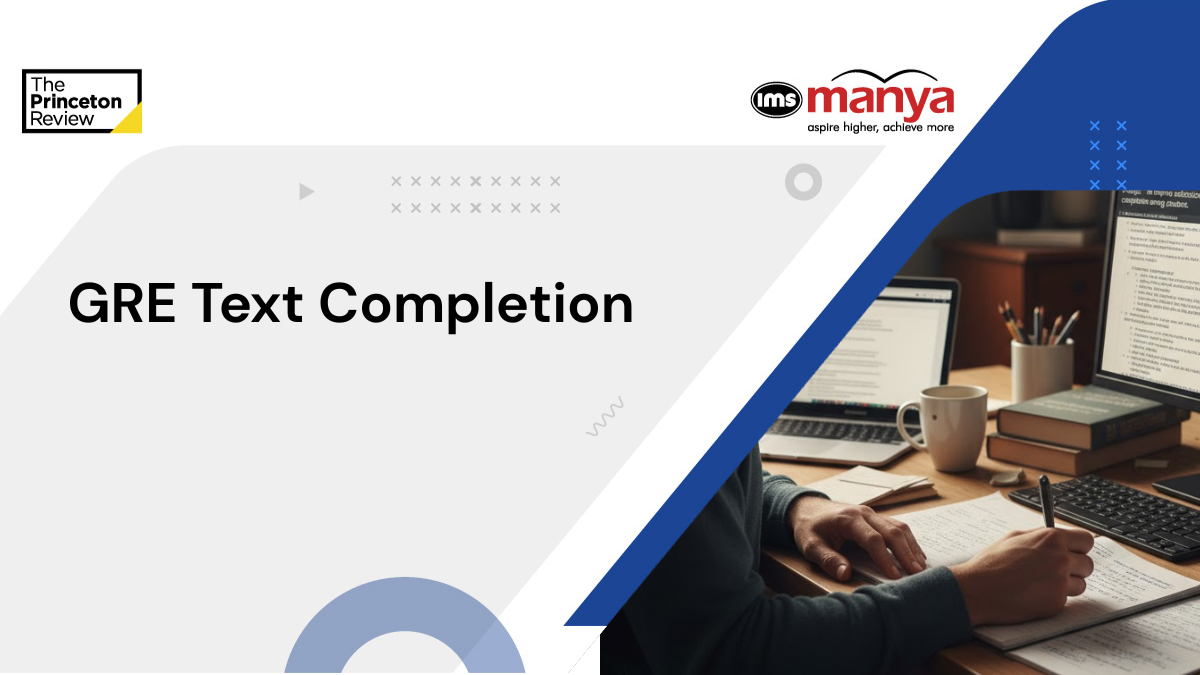
Mastering GRE Text Completion: Essential Tips for Succe...
The GRE text completion section is an integral part of the Verbal Reasoning component on the GRE Gen...
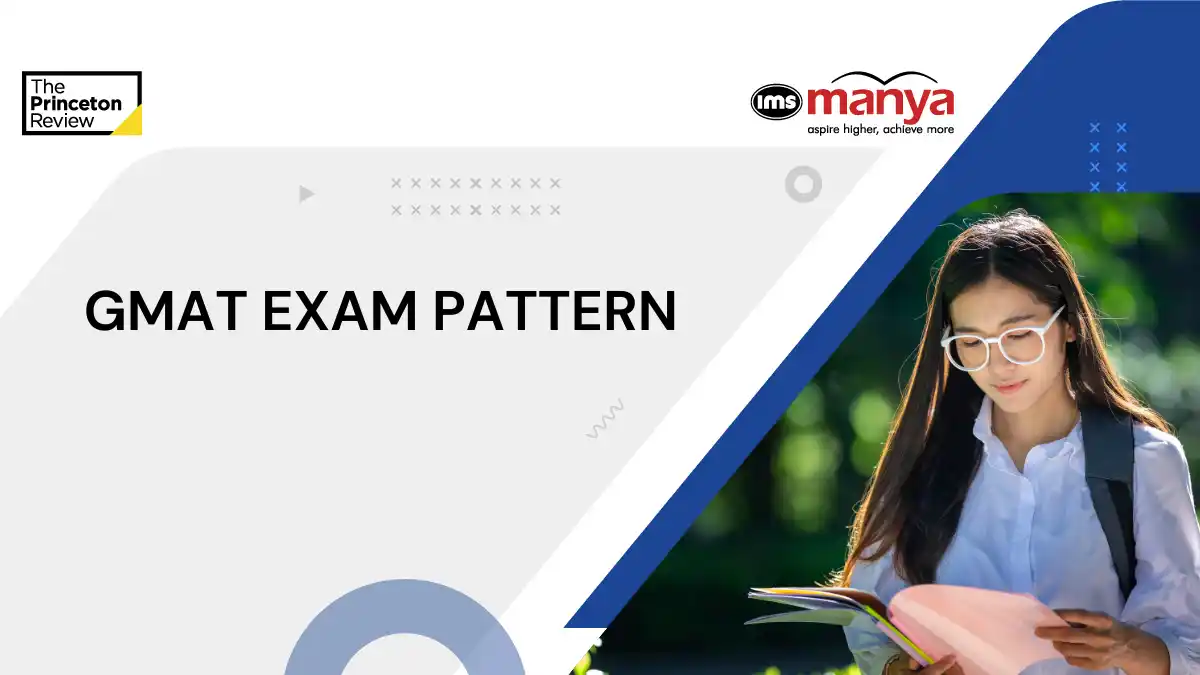
GMAT Exam Pattern 2025: Section-Wise Breakdown, Time Li...
The GMAT exam pattern is designed to evaluate the core skills essential for success in top business ...
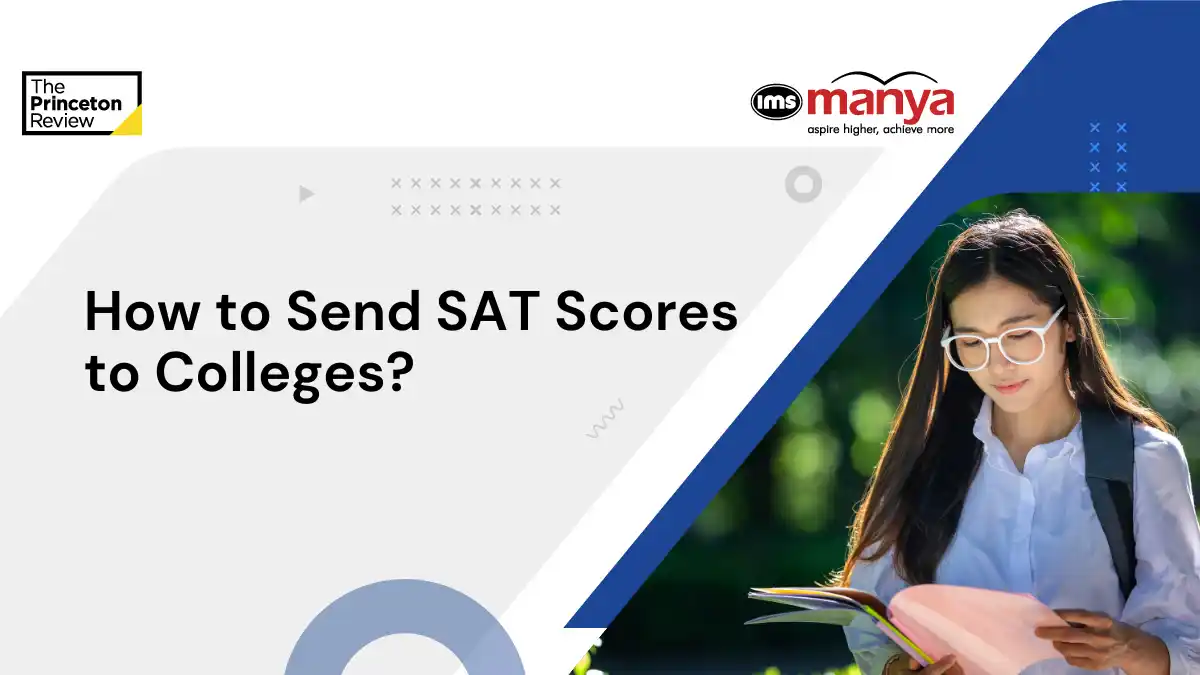
How to Send SAT Scores to Colleges: Step-by-Step Guide
How to Send SAT Scores to Colleges: Applying to top US universities, such as Harvard, Stanford, or Y...
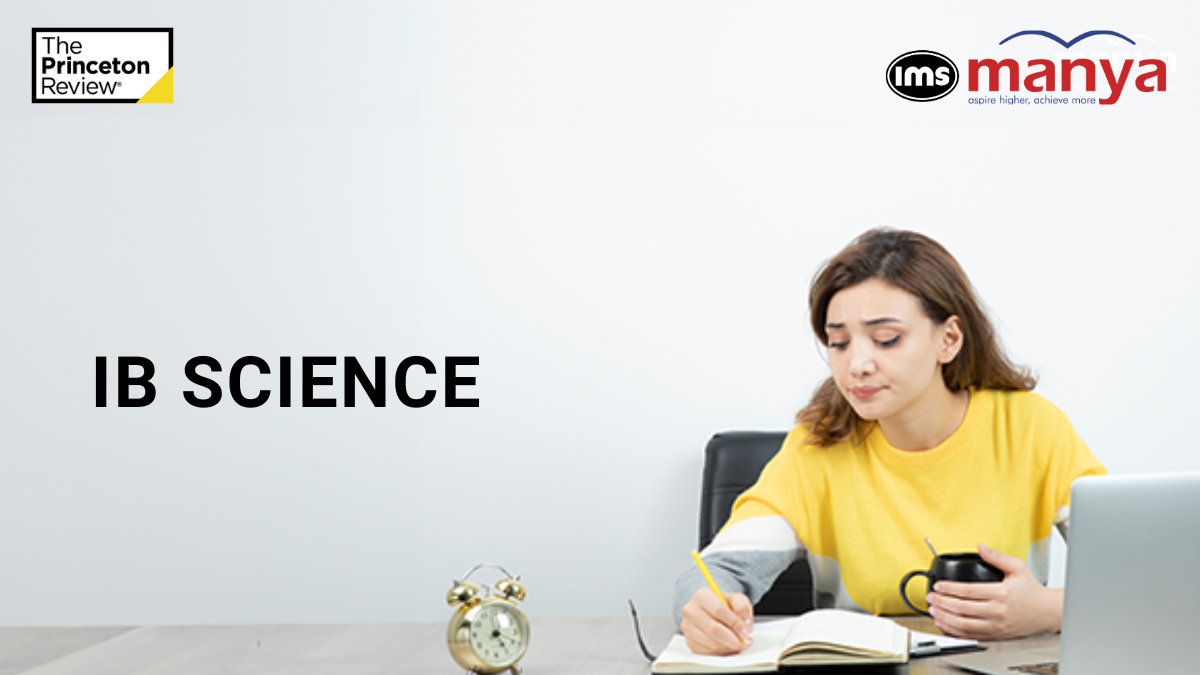
IB Science Curriculum Overview 2025
International Baccalaureate (IB) Science has been developed to stoke the spirit of investigation, re...

How to Score a Perfect 170 in GRE Quant Section
The Graduate Record Examination (GRE) is a standardised test taken by prospective graduate and busin...
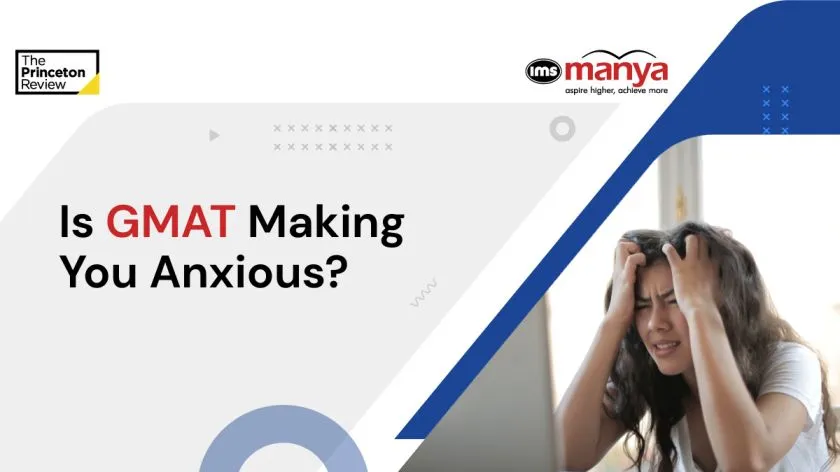
GMAT Test Anxiety: Causes, Symptoms & Effective Solutio...
“I don’t know what happened, but I lost focus, and I couldn’t think.” This is a nightmare si...
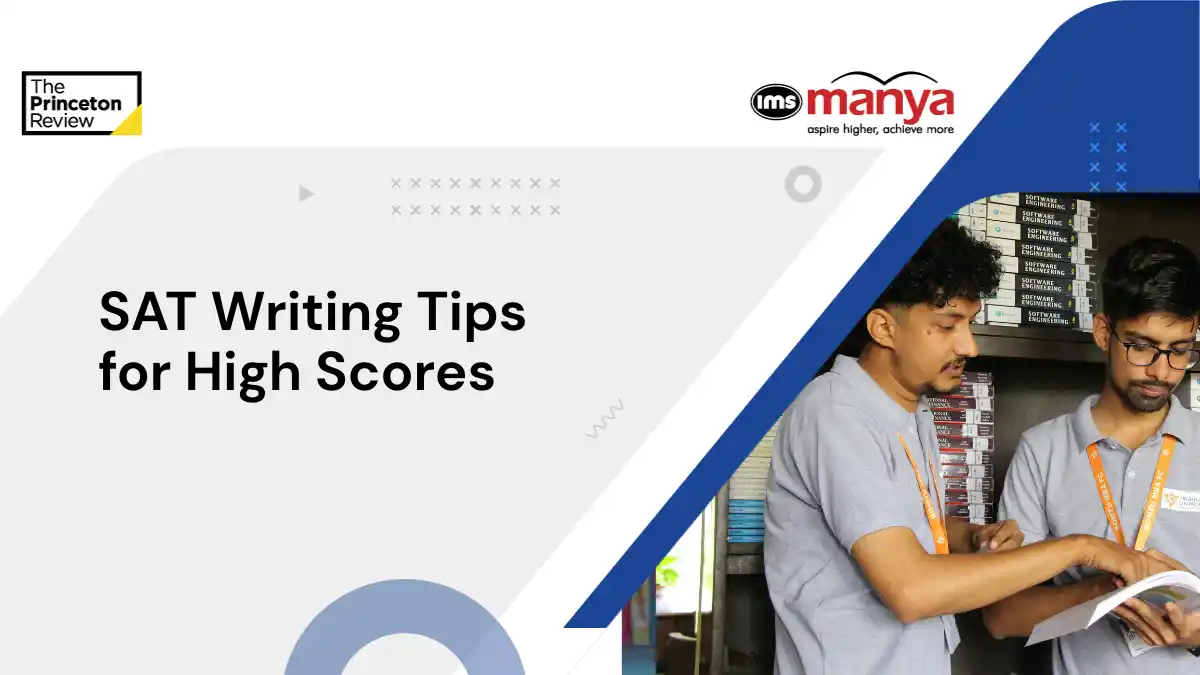
Essential SAT Writing Tips for High Scores
Are you facing challenges with the SAT writing portion? Don\'t worry, we will guide you with some SA...
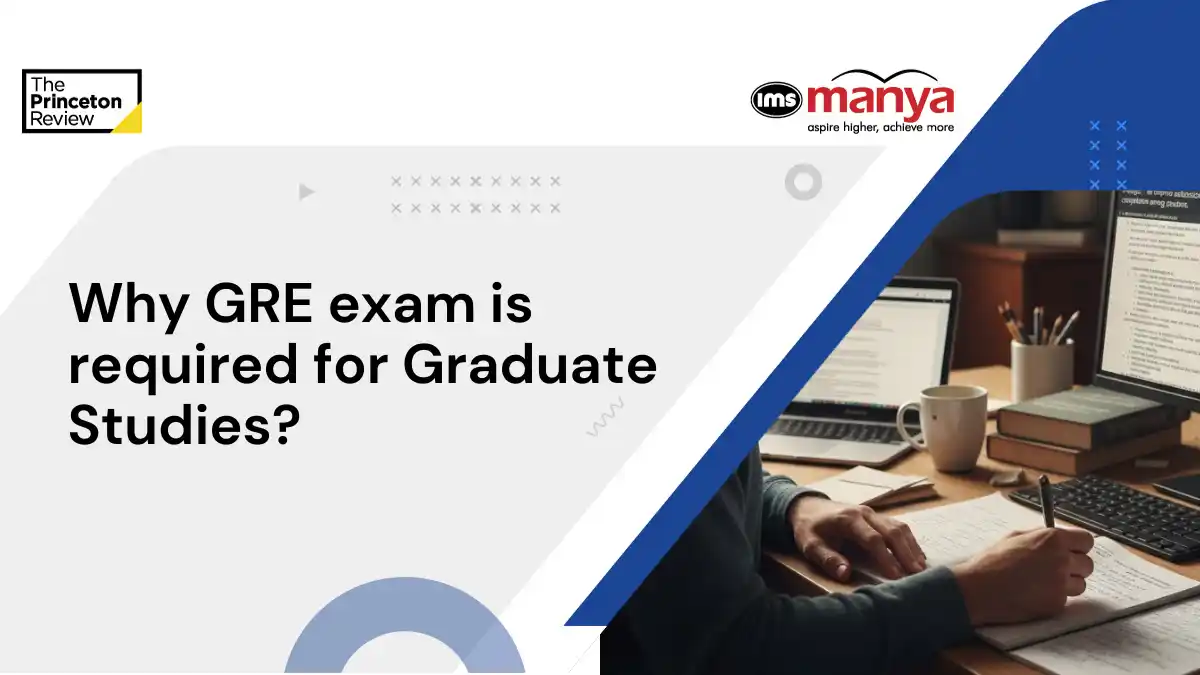
Why GRE Exam is Required for Graduate Studies: Importan...
Why GRE exam is required for Graduate Studies: As graduate admissions continue to evolve, students a...
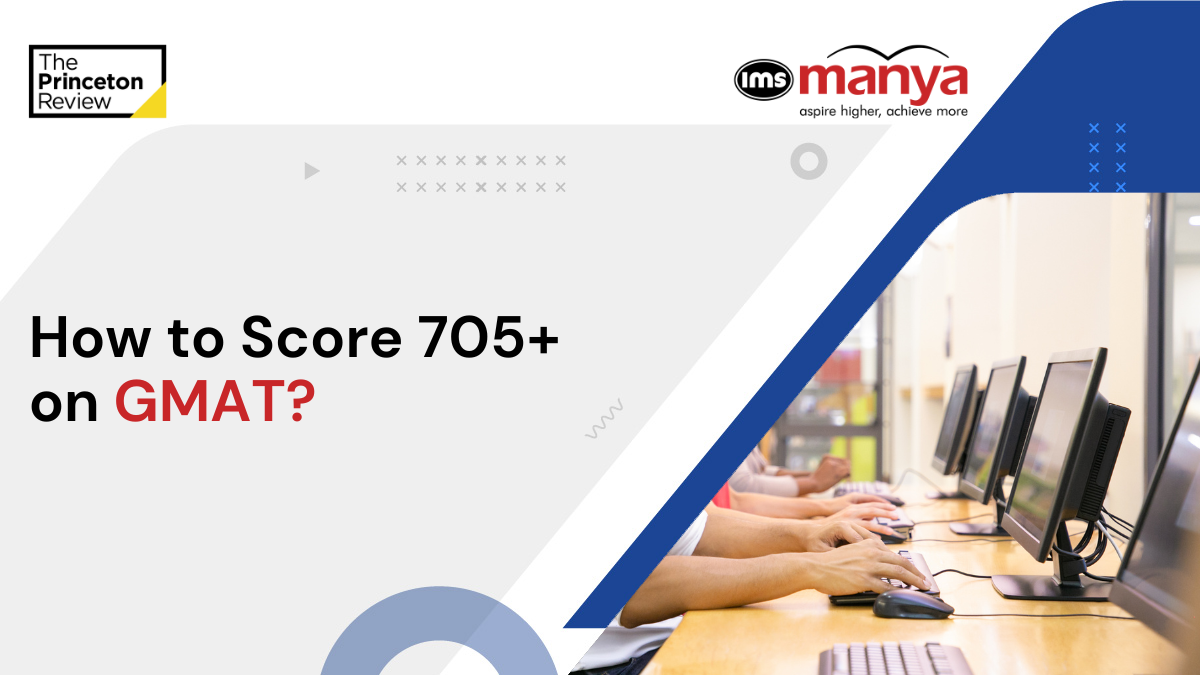
How to Score 705+ on the GMAT Exam: Expert Tips & Strat...
You dream of attending a top global university to pursue an MBA, but your GMAT score is holding you ...
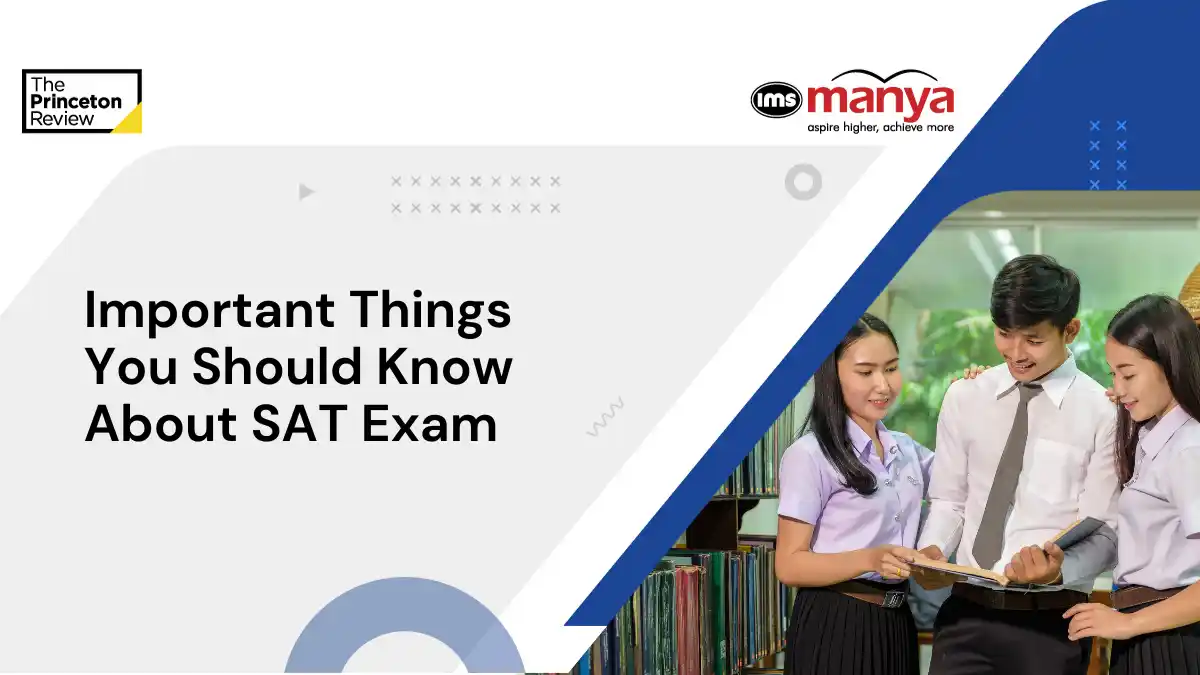
Important Things You Should Know About SAT Exam
The SAT exam is a standardized test required by many universities for undergraduate admissions, espe...
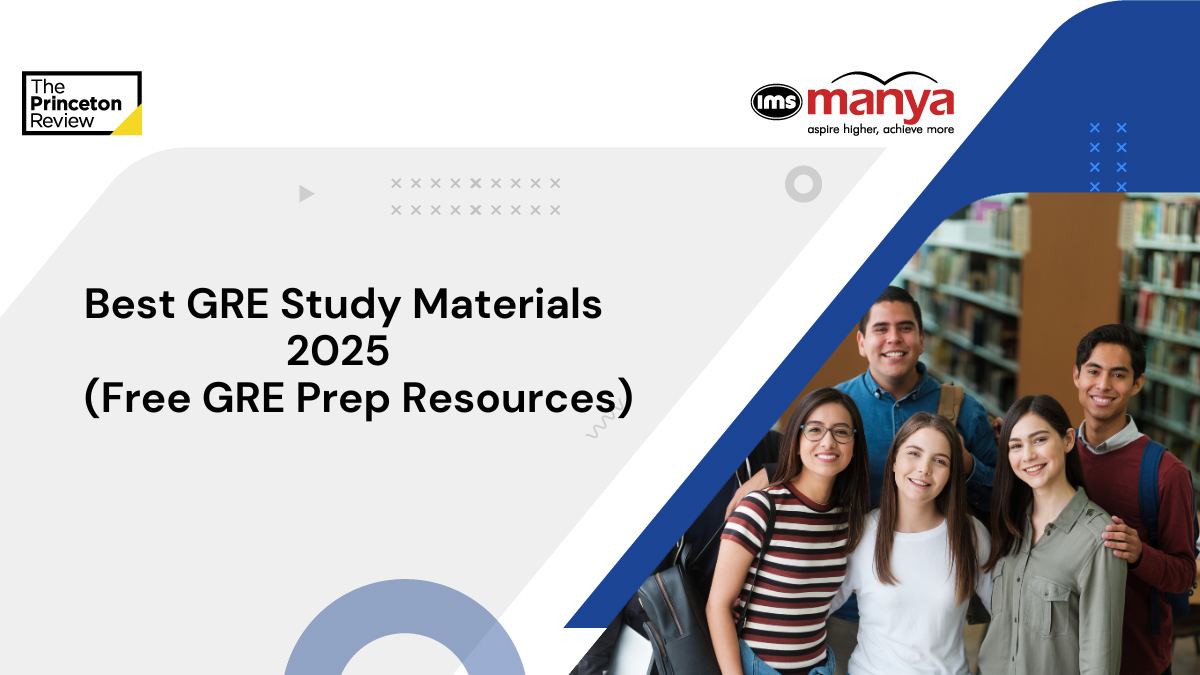
Best GRE Study Material 2025: Free GRE Prep Books
The GRE is a highly competitive exam administered by ETS for students aspiring to pursue MS, MBA, or...
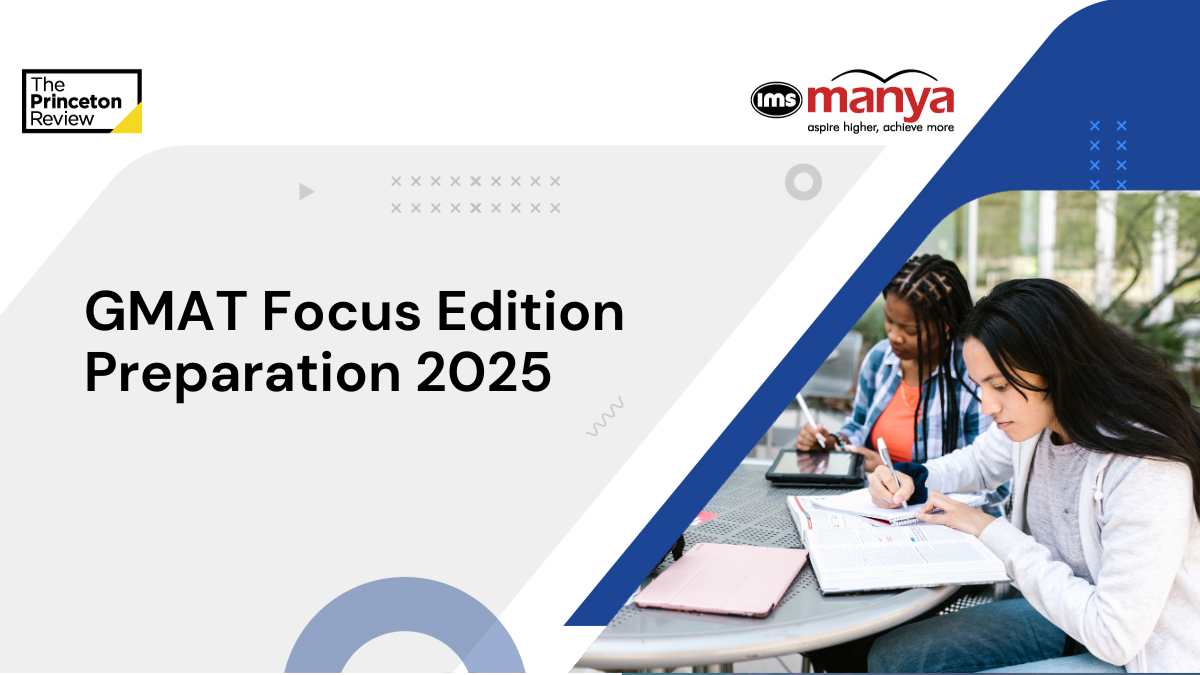
GMAT Focus Edition Preparation 2025: Strategy, Tips & S...
Preparing for the GMAT Focus Edition is a crucial step for anyone seeking admission to a top busines...



